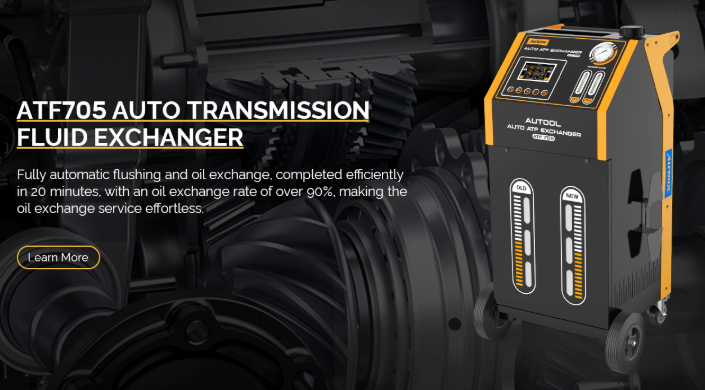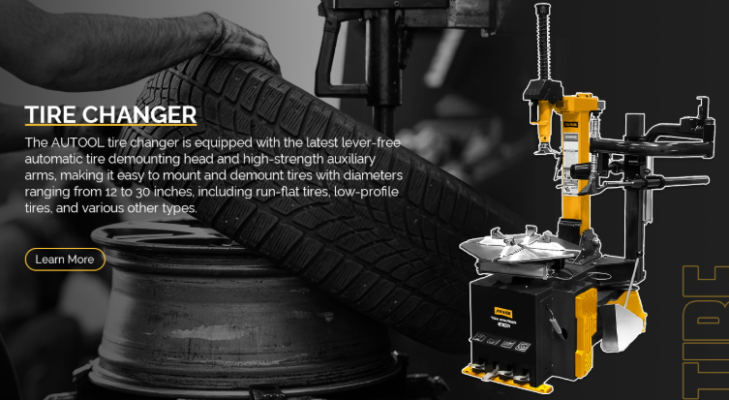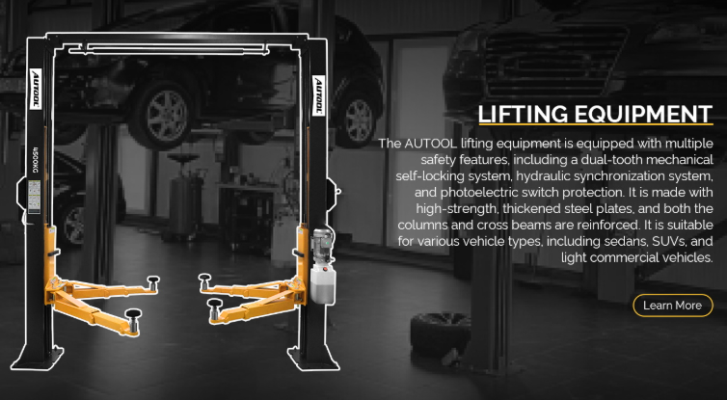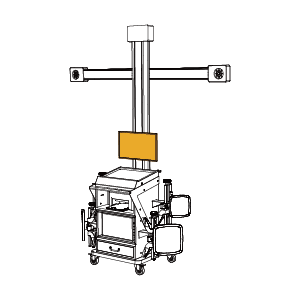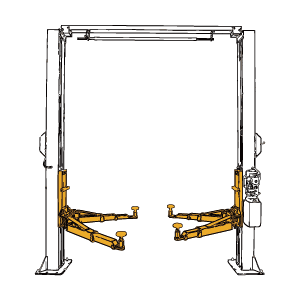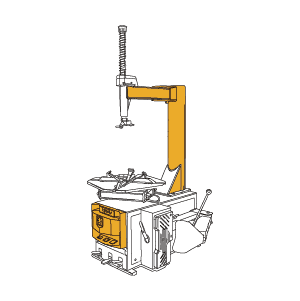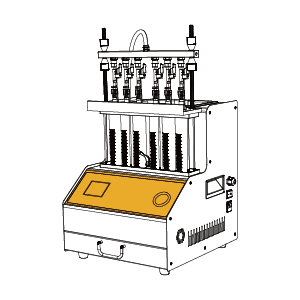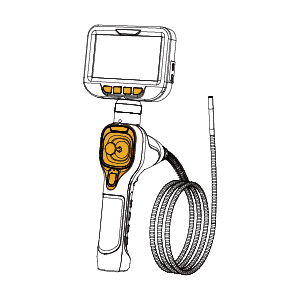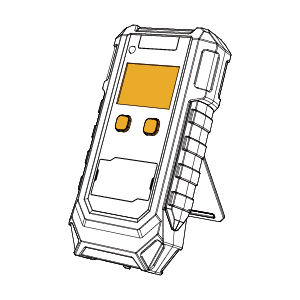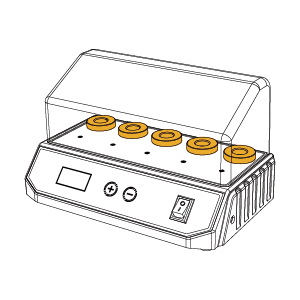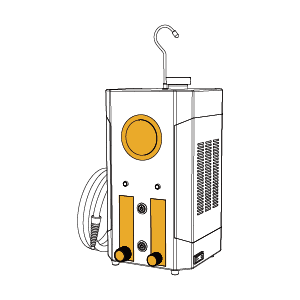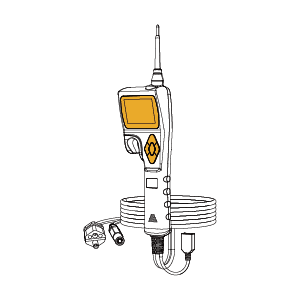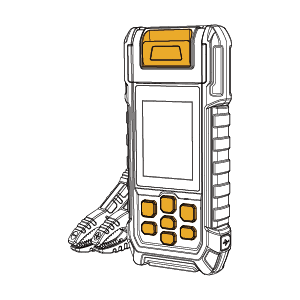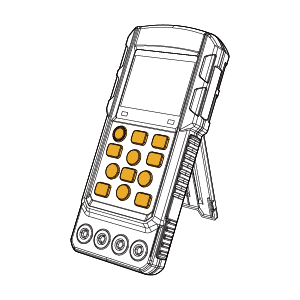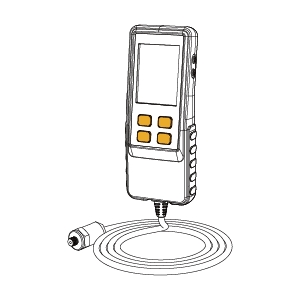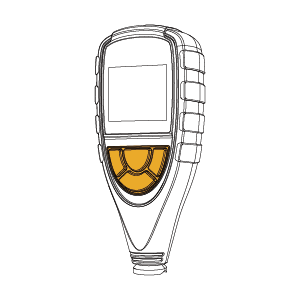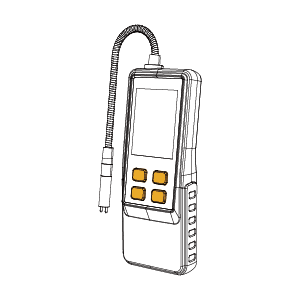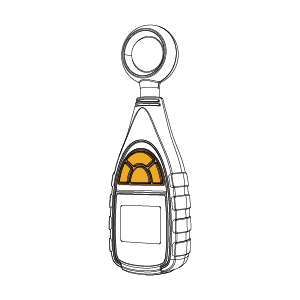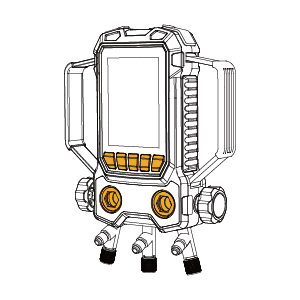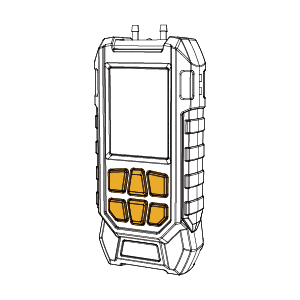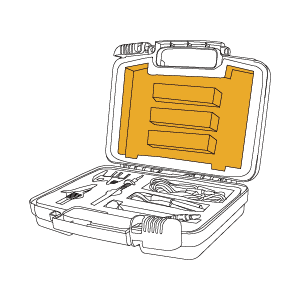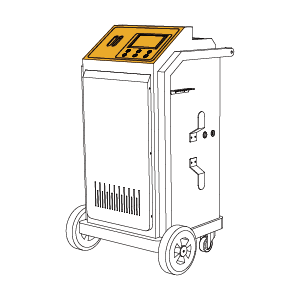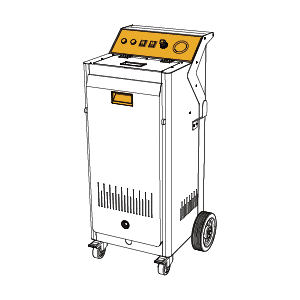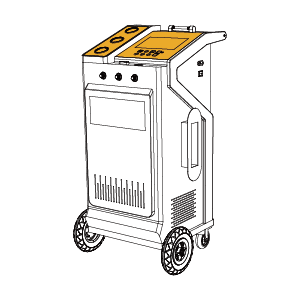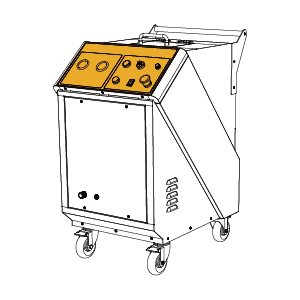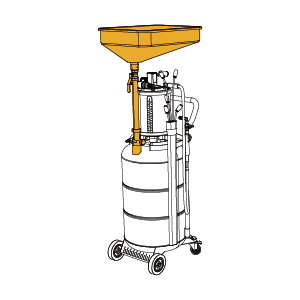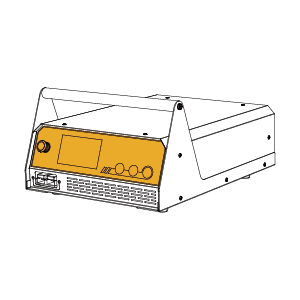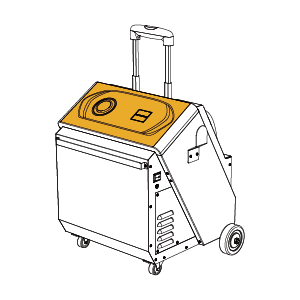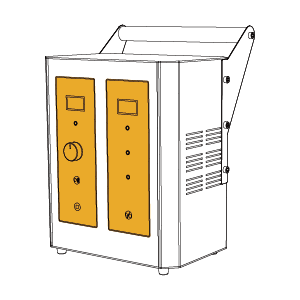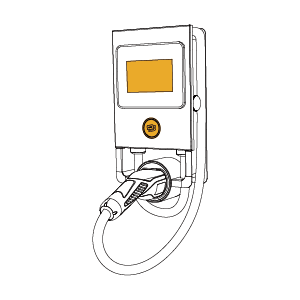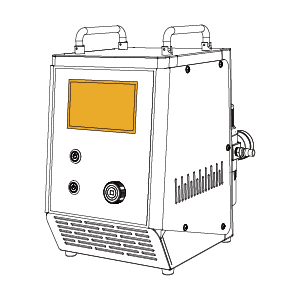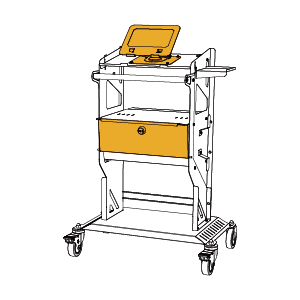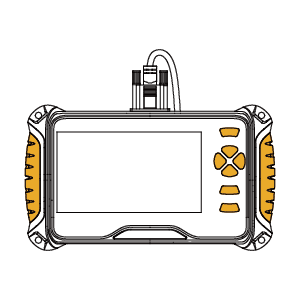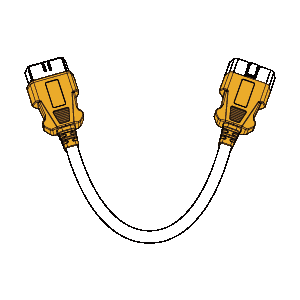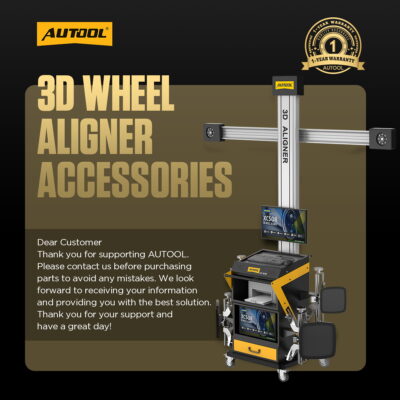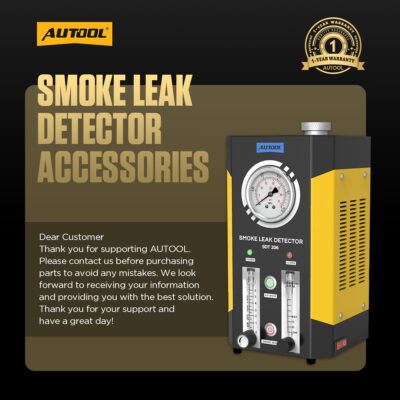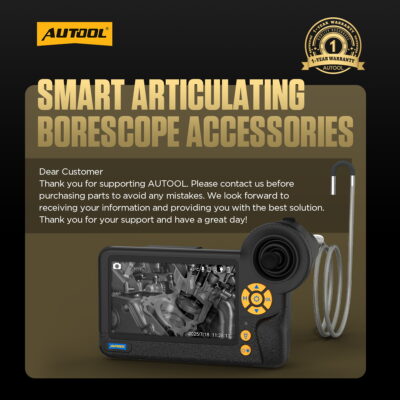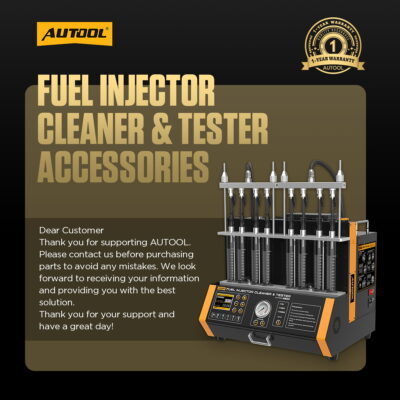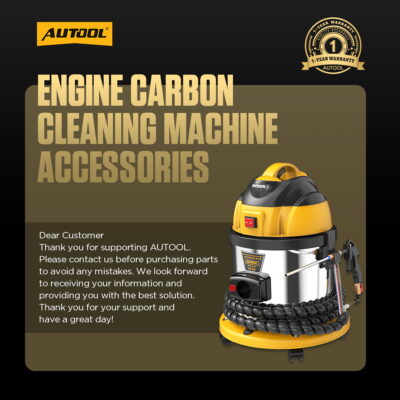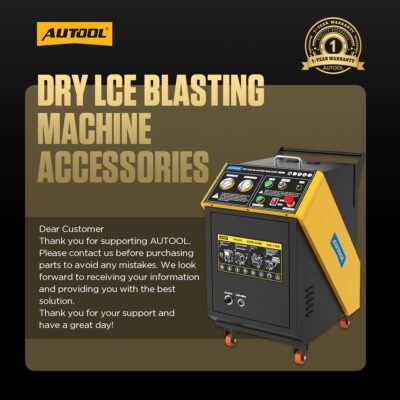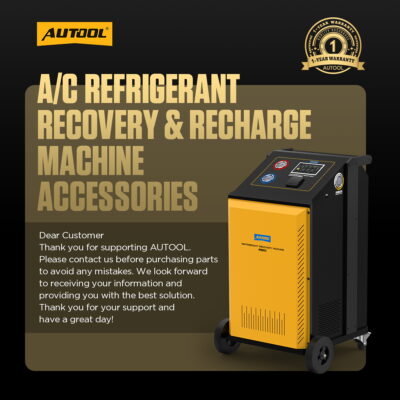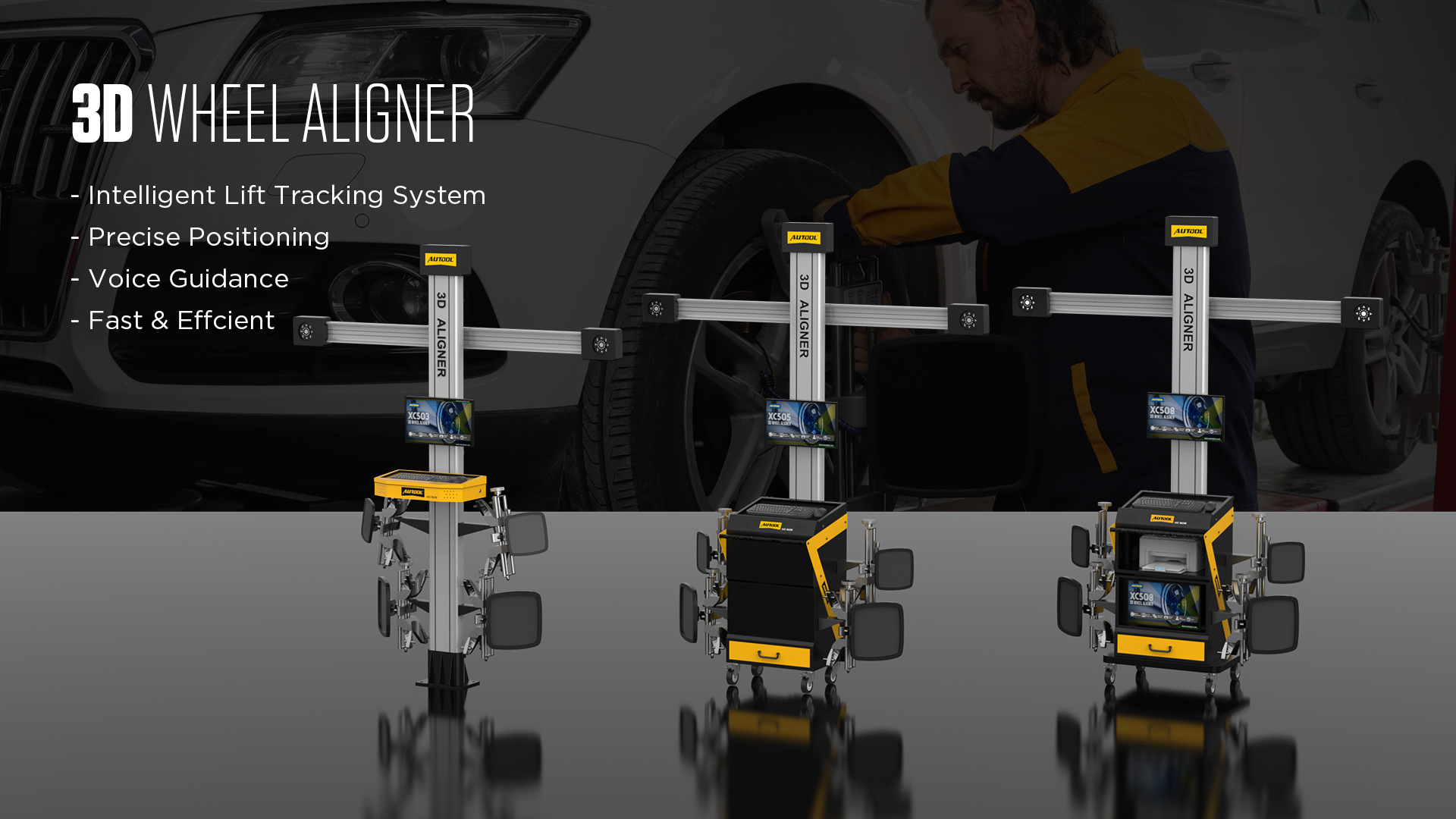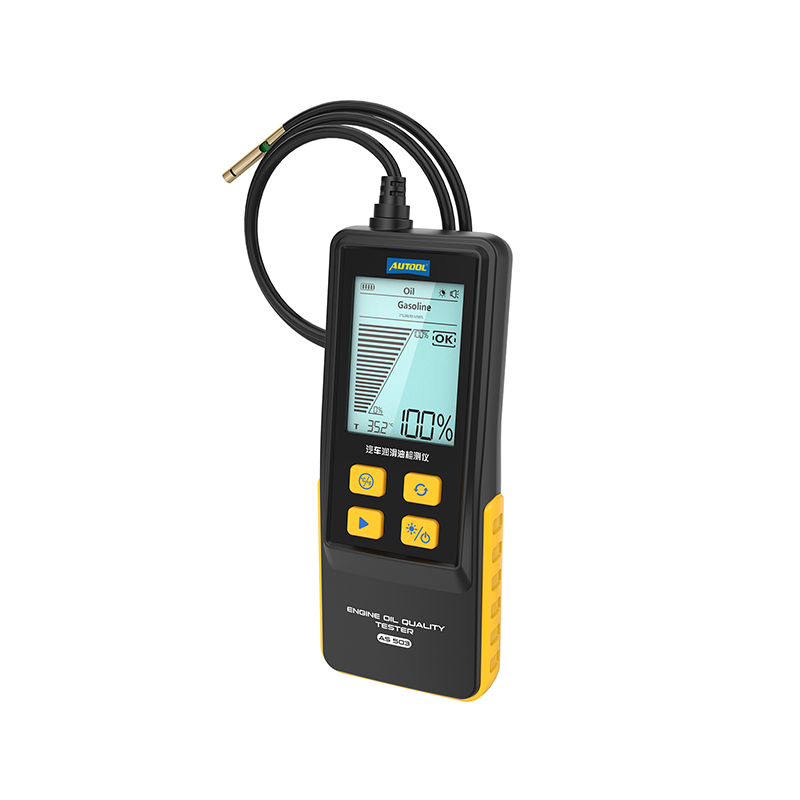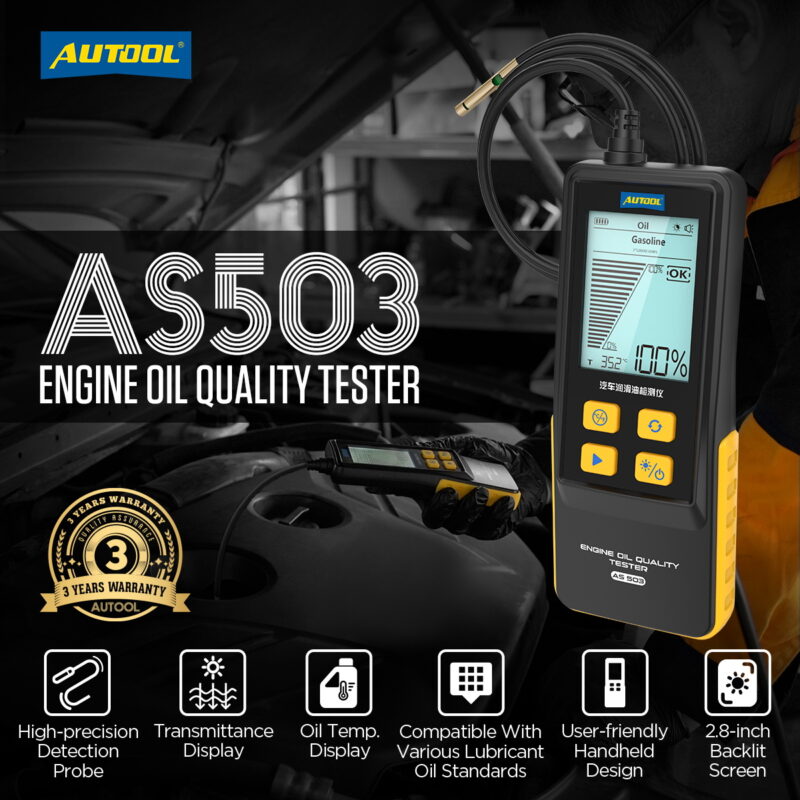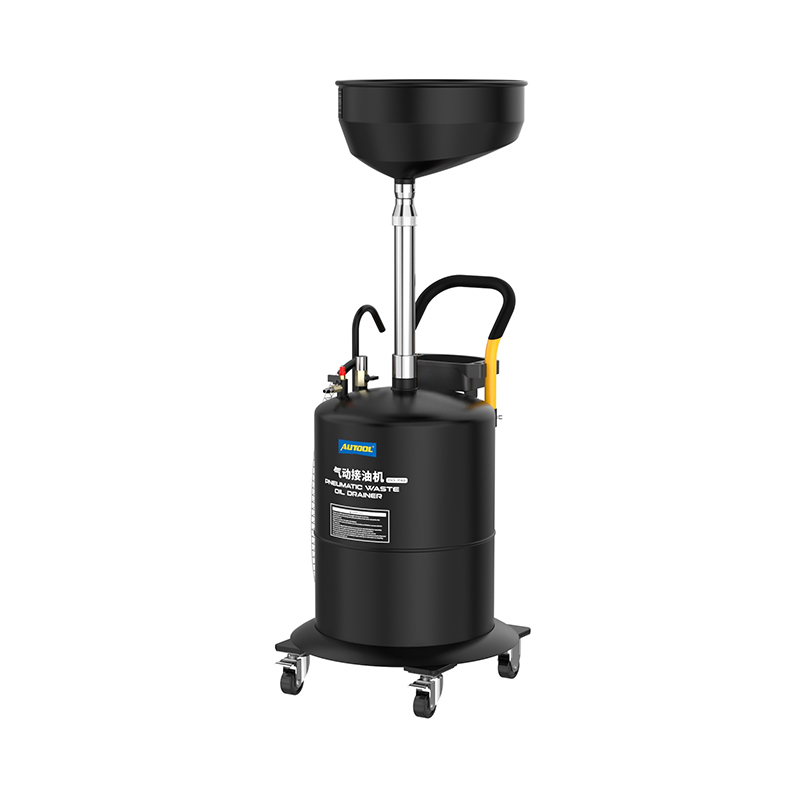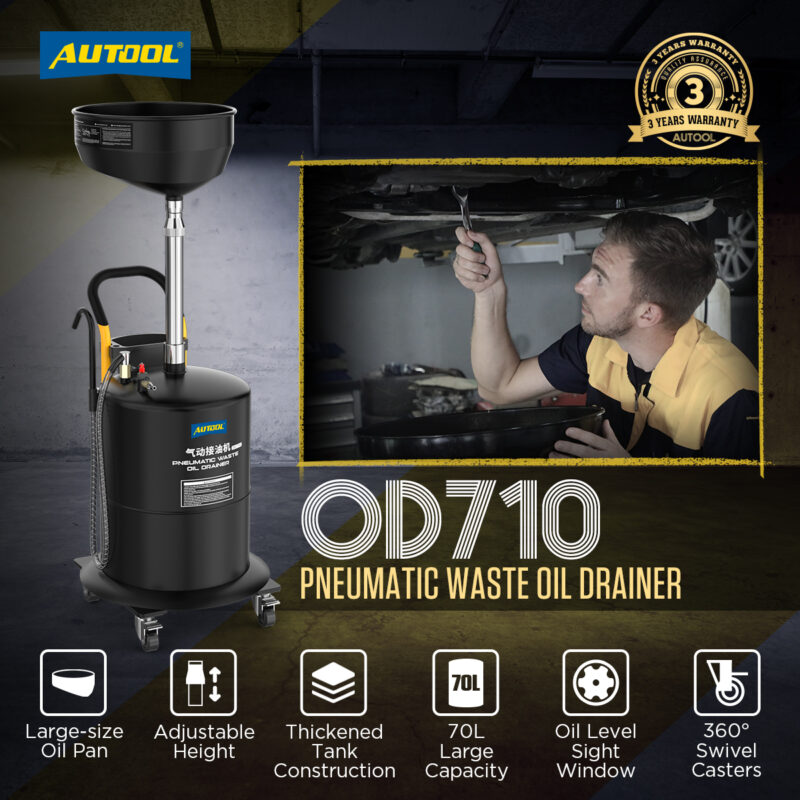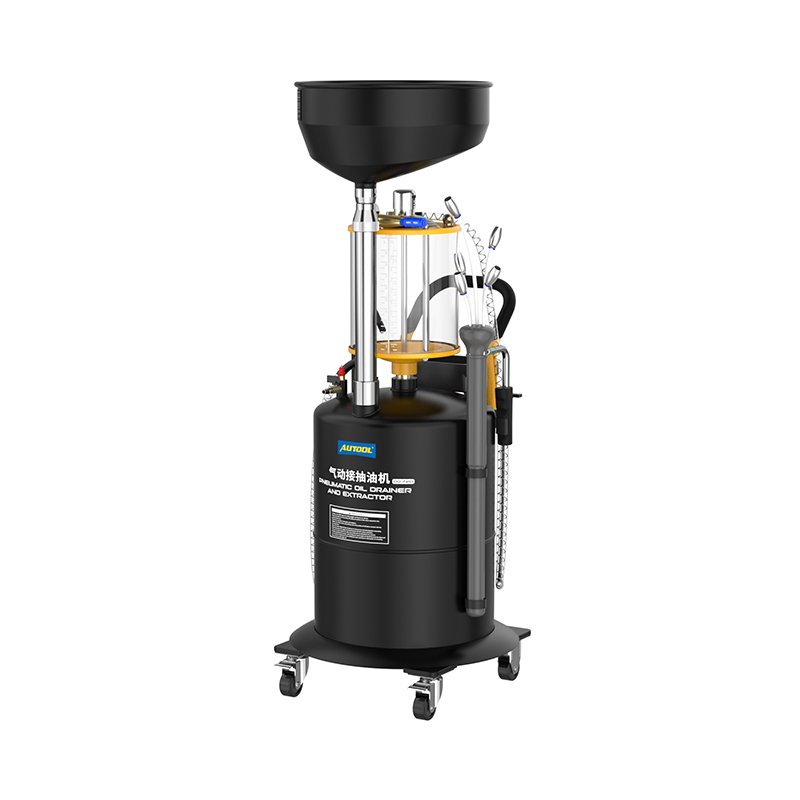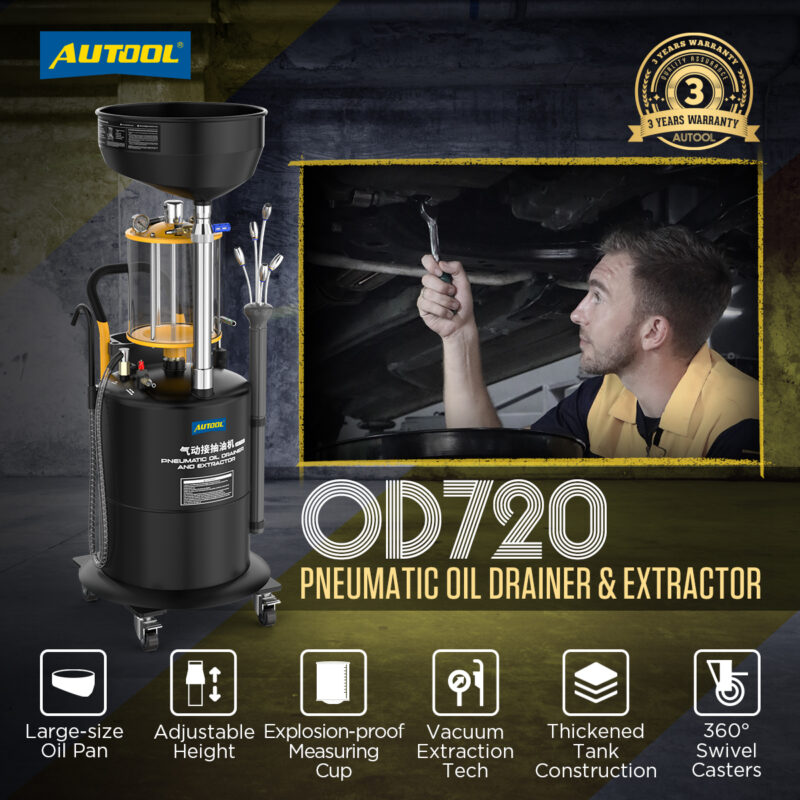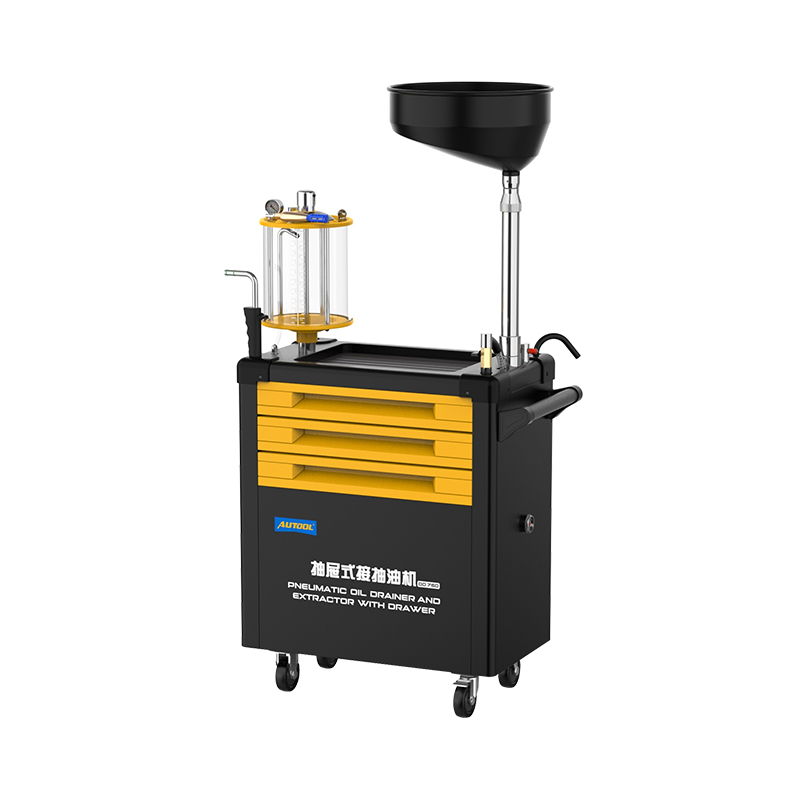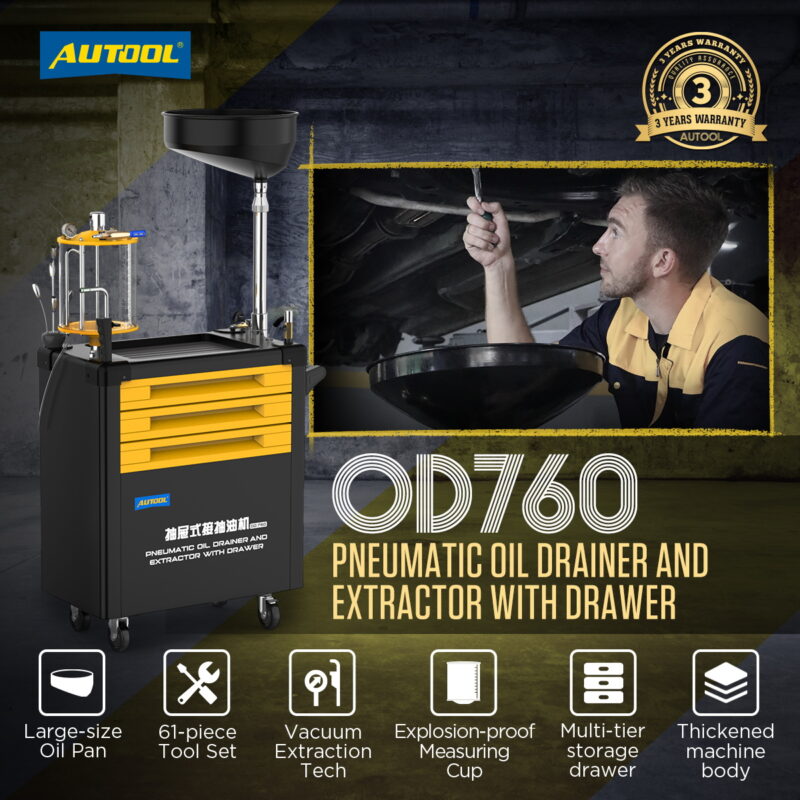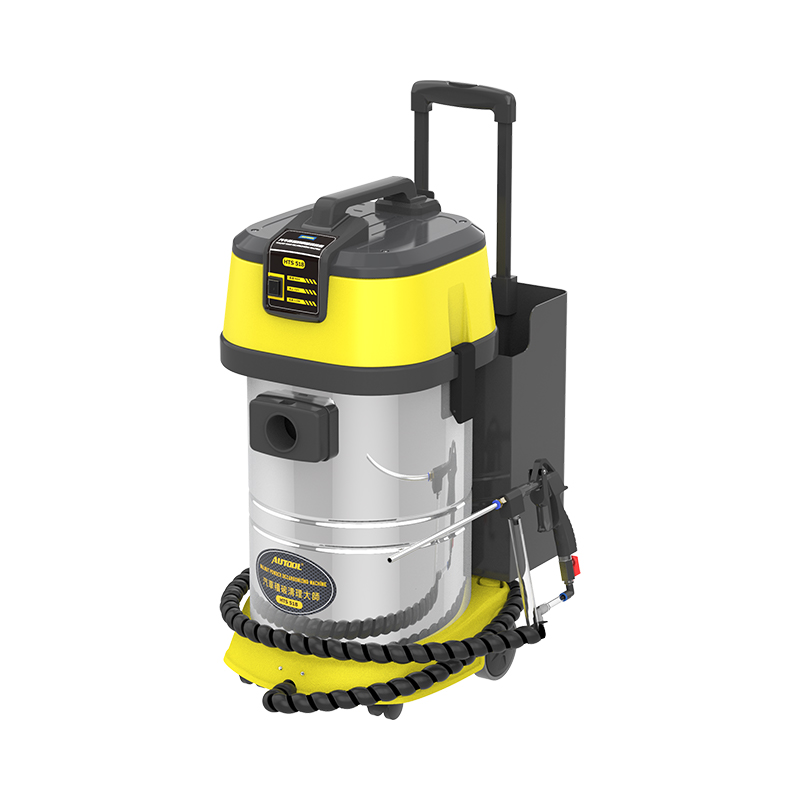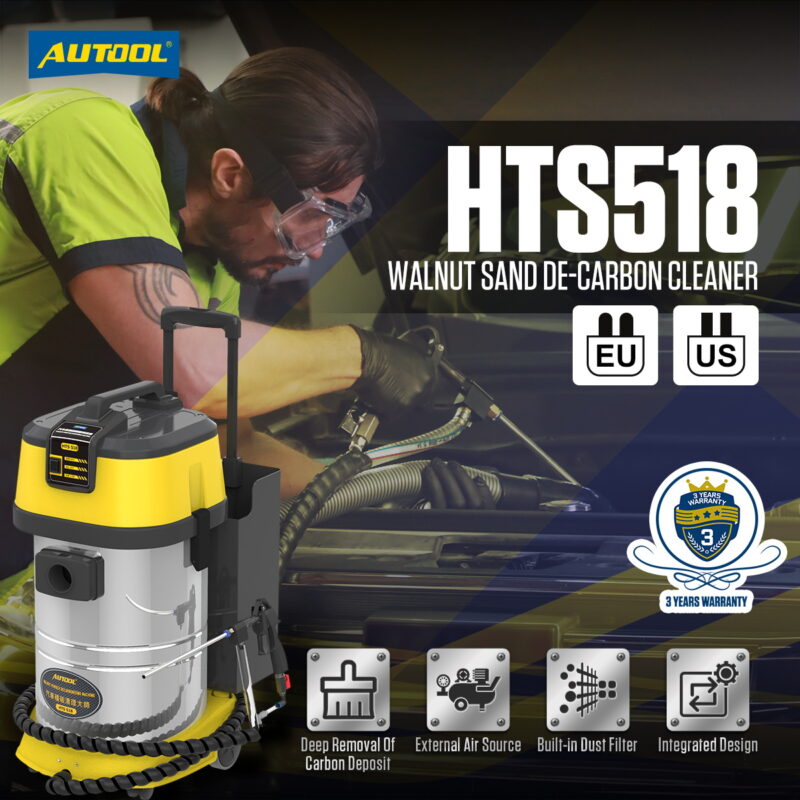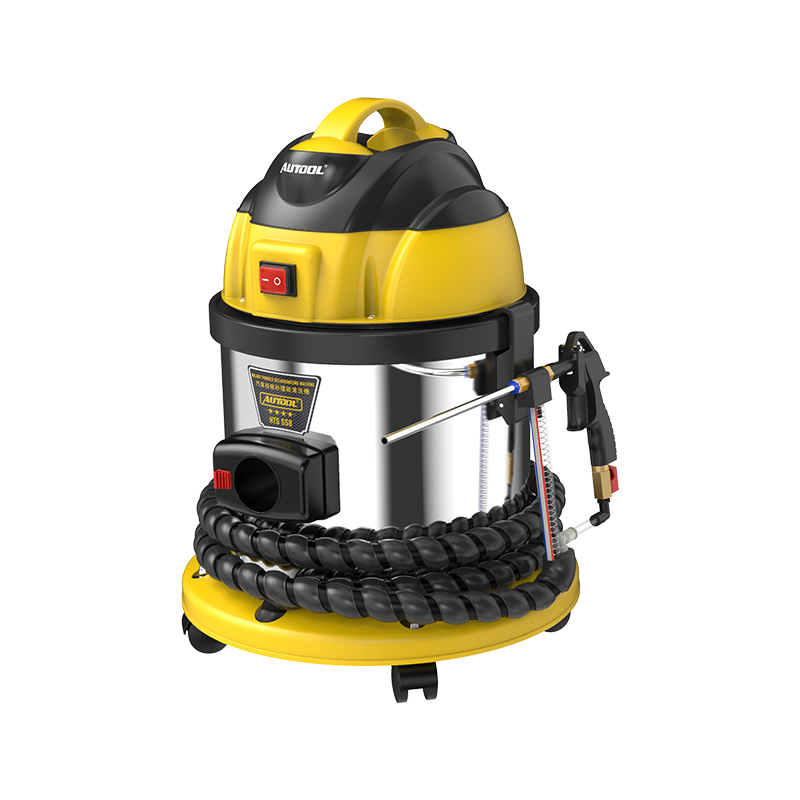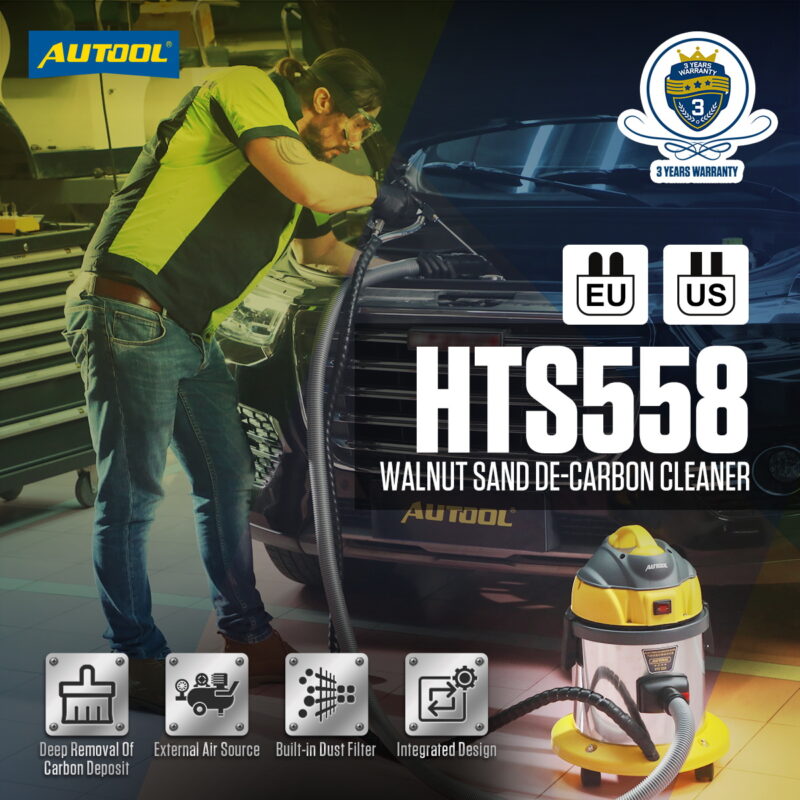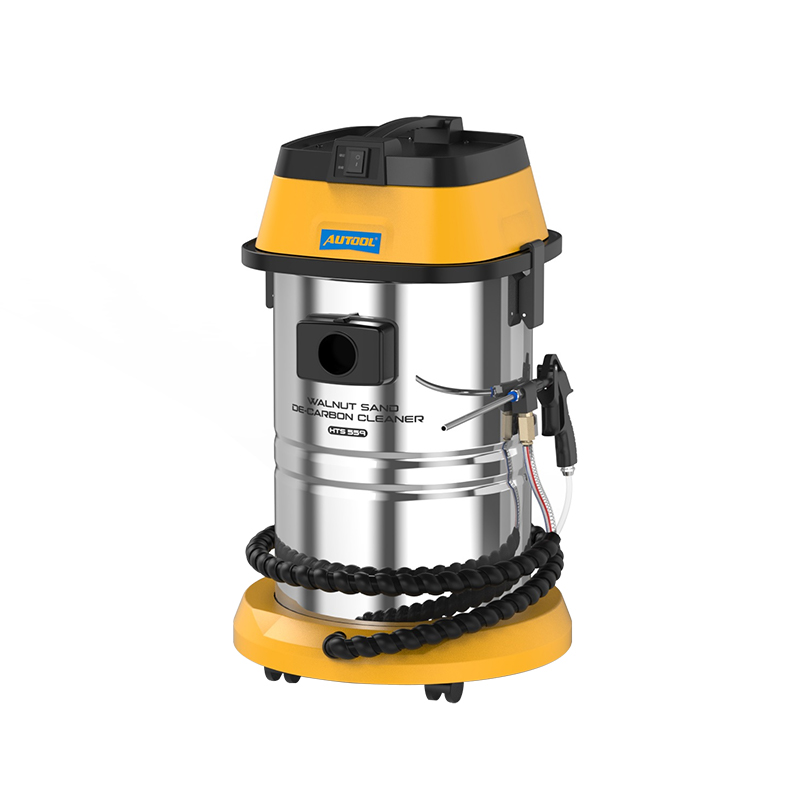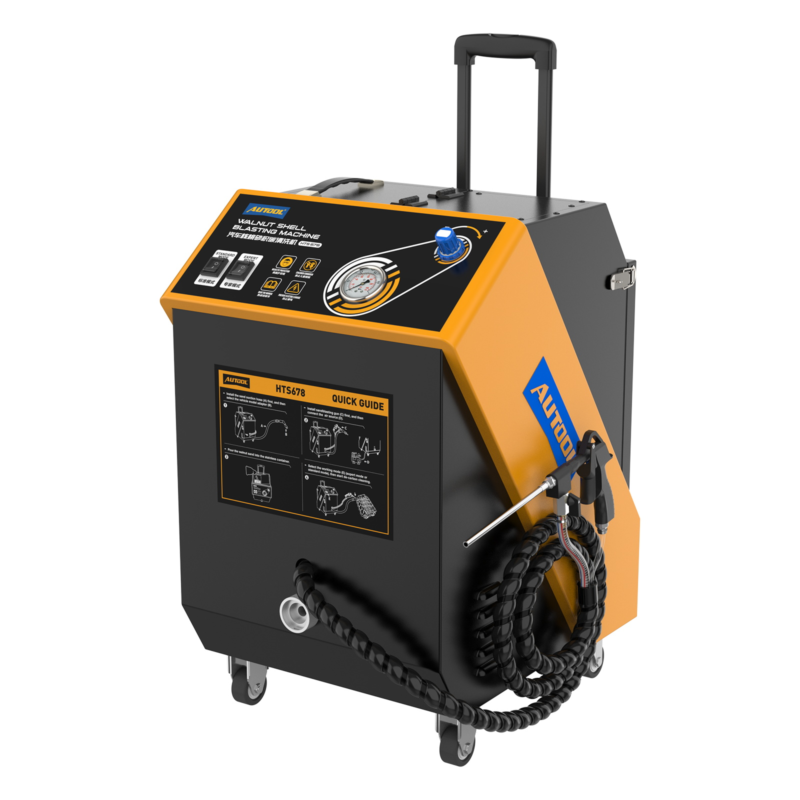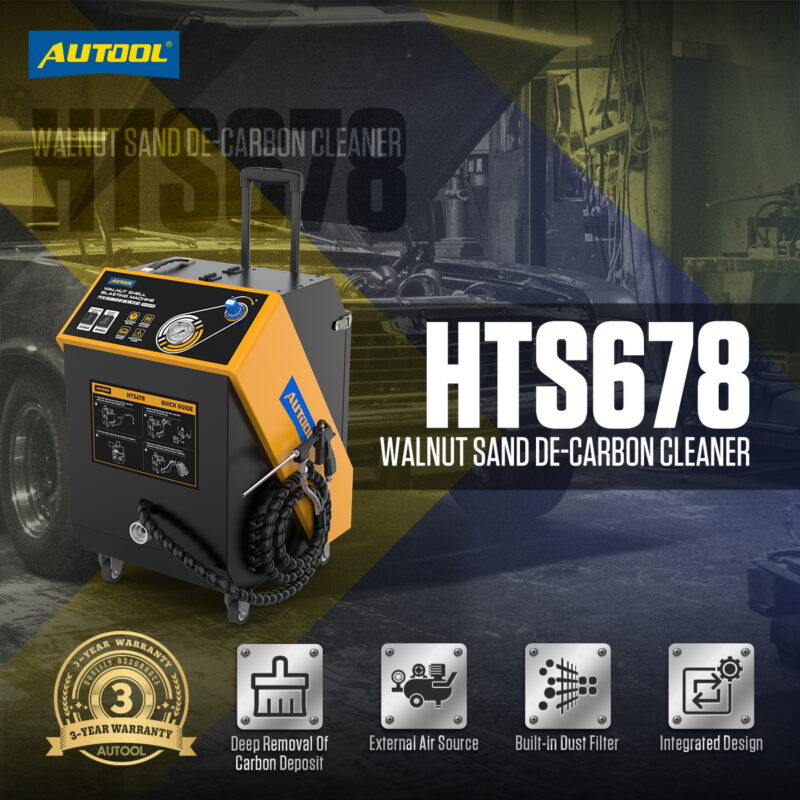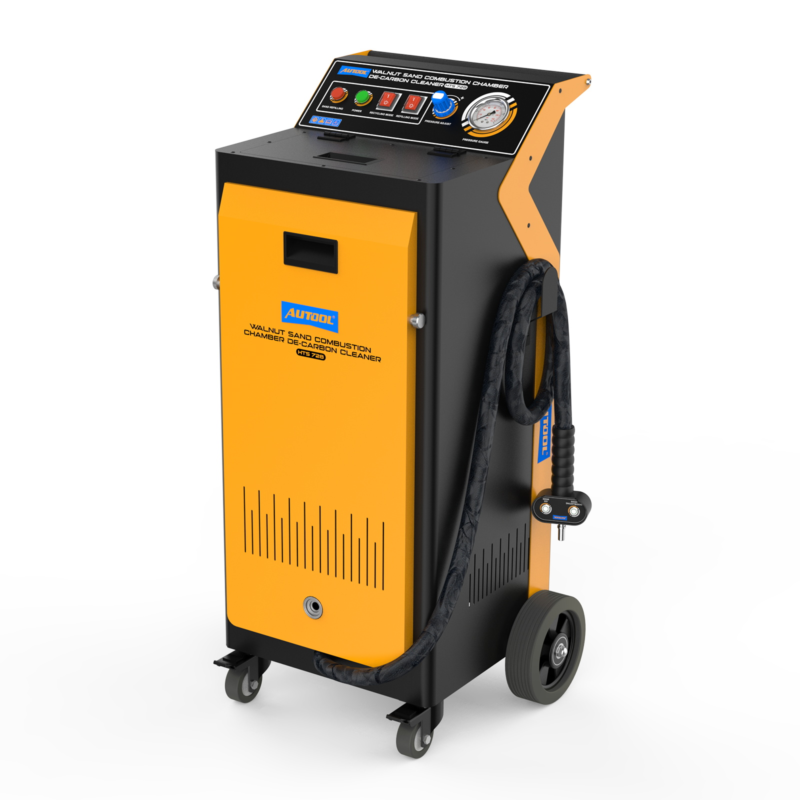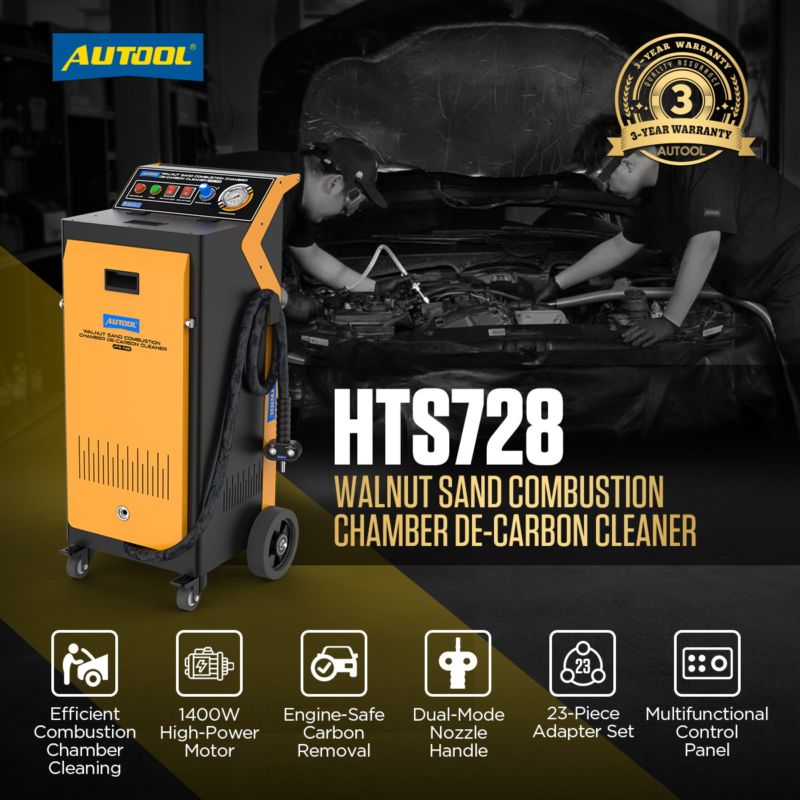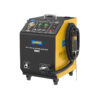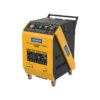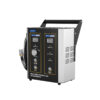AUTOOL Blog, Repair Information
Common Causes of Engine Wear in Cars
In daily driving, many car owners often find themselves puzzled — even though they drive in what they believe is a “normal way.” They avoid sudden acceleration, refrain from overloading, and try not to drive aggressively. Yet, during routine maintenance, the technician still points out noticeable signs of engine wear in the car motor. These signs are sometimes accompanied by slightly higher fuel consumption and reduced power output.
Why does this happen? Does “normal driving” still fail to prevent engine wear?
In reality, engine wear is not caused solely by harsh driving. Many subtle driving habits, overlooked maintenance details, and hidden system issues can quietly accelerate engine wear. Even when we believe we are using the car motor properly, these unnoticed factors may still increase internal friction, leading to gradual performance decline, rising fuel consumption, and even potential mechanical failure over time.
Today, let’s take a closer look at the most common — yet easily ignored — causes of engine wear. By understanding these factors, you’ll know how to better protect your car motor in everyday use, helping it stay in peak condition for longer.
1. Lubrication System Failure: The “Direct Killer” of Engine Wear
Over 90% of the moving parts inside a car motor—such as pistons, crankshafts, and camshafts—rely on an oil film formed by lubricating oil to prevent metal-to-metal contact. Once the lubrication system fails, metal components directly rub against each other, causing dry friction, which rapidly accelerates engine wear.
Lack or Deterioration of Lubricating Oil
- Insufficient oil level: Failing to regularly check the oil level, or oil loss caused by seal leakage or oil burning (piston ring sticking), leads to a shortage of lubrication oil that cannot fully cover all friction surfaces.
- Oil deterioration: Exceeding the recommended oil change interval (by time or mileage) causes the oil’s viscosity, oxidation resistance, and cleaning ability to degrade. When the oil becomes dark or forms sludge, it can no longer provide an effective oil film—and may even carry impurities that scratch metal surfaces.
Incorrect Oil Grade or Viscosity
- Using oil that is too thin: For example, using 0W-20 instead of the required 5W-30 can result in the oil film breaking under high temperature, failing to protect parts under heavy loads.
- Using oil that is too thick: For instance, using 10W-40 instead of 0W-20 causes poor flow in low temperatures, meaning oil cannot reach friction points quickly during startup. This leads to cold start wear, which accounts for over 70% of total engine wear.
Faults in the Lubrication System Components
- Oil pump failure: When the pump cannot generate sufficient oil pressure, lubricating oil fails to reach key components such as the crankshaft journals and camshaft lobes.
- Clogged oil filter: When the filter element becomes blocked by impurities, the bypass valve opens, allowing unfiltered oil (containing metal debris and dust) to circulate and scratch the friction surfaces.
- Blocked oil passages: Using low-quality oil or skipping oil changes for too long can lead to sludge buildup in the oil passages of the cylinder block and head, resulting in local oil starvation and wear—especially on camshaft lobes.
2. Fuel and Air Intake System Abnormalities: The “Hidden Driver” of Engine Wear
Incomplete fuel combustion or contaminated intake air can indirectly accelerate engine wear through chemical corrosion or mechanical abrasion. This type of wear mainly affects the pistons, cylinder walls, and valves of the car motor.
Substandard Fuel Quality
- Using low-octane fuel: For example, filling 92-octane gasoline instead of the recommended 95 can cause engine knocking—premature combustion that creates rapid pressure spikes. This leads to repetitive impact stress on the piston crown and valve surfaces, resulting in impact wear.
- Fuel contamination with impurities or water: Poor-quality fuel that contains sulfur, gum, or water can form acidic compounds, which corrode the electroplated surface of the cylinder liner. Additionally, the gum deposits may cause the piston rings to stick, preventing proper oil scraping and leading to scuffing, where the cylinder wall develops vertical scratches.
Air Intake Filtration Failure
- Clogged or missing air filter: Dust and sand particles (harder than metal) in the air can enter the combustion chamber, acting like abrasives between the piston and cylinder wall. This results in abrasive wear, one of the most common forms of engine wear on cylinder surfaces.
- Carbon buildup in throttle body or intake manifold: Prolonged low-speed driving often causes carbon deposits to accumulate, leading to uneven air intake and localized hot spots during combustion. Over time, the piston crown and valve seats harden due to high-temperature oxidation, resulting in oxidative wear.
3. Mechanical Load and Abnormal Operating Conditions: The “Accelerators” of Engine Wear
When a car motor operates under prolonged overload or abnormal conditions, it disrupts the designed friction balance inside the system. As a result, localized engine wear accelerates significantly.
High Load Right After a Cold Start
During a cold start, the engine oil is thick and flows poorly. It typically takes 3–5 minutes for the oil to fully circulate and coat all friction surfaces. If the driver immediately accelerates hard or drives uphill, the pistons, cylinder walls, and crankshaft bearings experience boundary friction due to the lack of a complete oil film. The rate of engine wear in this state can be more than 10 times higher than under normal conditions.
Prolonged Idling or Low-Speed Driving
When the engine runs at low speed—such as during heavy city traffic—its load rate and combustion temperature drop. This causes unburned fuel to condense into a thin liquid film on the cylinder walls, diluting the engine oil and reducing its viscosity. At the same time, incomplete combustion produces carbon deposits, which further accelerate the wear between the piston rings and cylinder wall.
Overloaded Operation
Frequent rapid acceleration and braking—similar to racing-style driving—or carrying loads beyond the vehicle’s rated capacity can place excessive stress on the crankshaft and connecting rods. For example, overloaded trucks or SUVs towing heavy trailers experience this increased strain. Over time, this leads to fatigue wear, where the bearing clearances widen and grooves appear on the crankshaft journals.
4. Improper Maintenance and Assembly: The “Human Factors” Behind Engine Wear
Human errors during operation or improper maintenance procedures often cause abnormal engine wear that is not immediately visible but can lead to serious long-term damage.
Extended Maintenance Intervals
When oil and filters are not replaced according to the manufacturer’s schedule (for example, changing oil every 10,000 km instead of the recommended 5,000 km). Metal particles and sludge continue to circulate inside the car motor. These contaminants scratch internal components. Meanwhile, anti-wear additives in the oil, such as zinc and phosphorus compounds, become depleted. This causes them to lose their protective effect, allowing direct metal-to-metal contact.
Assembly Errors During Repair
Improper installation of engine components during servicing can also lead to localized engine wear. For instance, if piston ring gaps are not staggered at 120°, bearing bolts are not tightened to the correct torque (causing bearing looseness), or cylinder head bolts are tightened in the wrong sequence, deformation can occur. These issues may cause piston-to-valve contact or uneven pressure distribution, resulting in severe friction damage.
Cooling System Failure
A malfunctioning or neglected cooling system can accelerate engine wear dramatically. Low or degraded coolant levels lead to overheating (temperatures above 105°C), which rapidly reduces oil viscosity and causes oil film breakdown. In addition, high temperatures cause thermal expansion of pistons and cylinder walls, narrowing their clearance and leading to seizure wear—in severe cases, the piston may even lock up inside the cylinder.
Summary
By understanding the key causes of engine wear, drivers can take targeted preventive measures and perform more scientific maintenance. With consistent care and proper driving habits, you can significantly extend your engine’s lifespan. Timely servicing will keep your car running smoothly, efficiently, and reliably for years to come. If you need more tools used by repair shops, feel free to click the link below for more details.
Click for more details: https://shop.autooltech.com/
WhatsApp: +86 18926477404
Email: shop@autooltech.com

